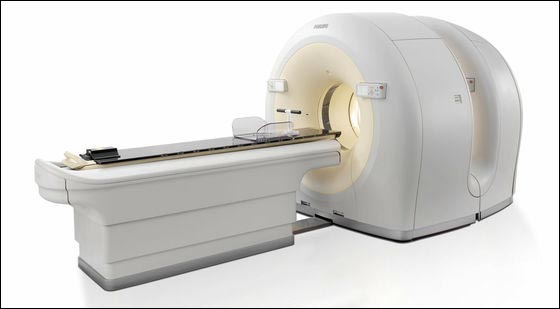Potential for cancer therapy to progress dramatically with "nanodiamond" that can detect cancers at an early stage

In Japan it is said that one in two people will get cancer (cancer), one in three will die from cancer, cancer has been the leading cause of death of Japanese for many years. Along with improving medical technology in recent years, such cancer has become becoming a "healable disease" by early detection and early treatment, but development of technology to detect cancer early is essential. As a technology for that, "Nano diamond"Attracting attention.
Bikanta | Nanodiamonds redefining imaging
http://bikanta.techiedivadesigns.com/
Bikanta's Tiny Diamonds Find Cancer Before It Spreads | TechCrunch
http://techcrunch.com/2014/08/07/bikantas-tiny-diamonds-find-cancer-before-it-spreads/
According to the World Health Organization (WHO), the incidence of cancer is expected to rise by about 57% worldwide over the next 20 years and it is estimated that between 14 million and 22 million cancer patients will increase annually in the year. And, it is thought that many of these cancer patients miss the opportunity of treatment by dying early, and will die.
Since early detection is extremely important for treating cancer, there is a strong demand for the development of technology to detect cancer early and the market for cancer testing is currently $ 3.5 billion (about 360 billion yen) It is expected to reach a maximum of 5 billion dollars (about 51 billion yen) by 2017.
Currently, as an examination method to discover cancerPETAnd fluorescent imaging agents are used, but problems of exposure to PET and side effects of fluorescence imaging agents are problematic, there is a limit to detecting ability, and finding can be done in an initial state where cancer can be curable There is a technical problem of being difficult.

In response to these existing technologies, biotechnology startup companiesBikantaIs developing a method for early detection of cancer using "nanodiamond technology" which introduces fluorescent diamond molecules into the body.
This is an image image of detection using nano diamond. The image obtained by using the fluorescence imaging technique which is currently common on the left, the image using the nano diamond technology of Bikanta on the right. You can see that the tissue with the tumor is clearly detected.

Fluorescent diamond under development by Bikanta has a fine molecular structure, so it can be deeply penetrated into the internal body tissue, and can emit semi-permanently near infrared light, furthermore the manufacturing cost is very low about. Amika Bam, CEO of Bikanta, expresses nanodiamond as "having a flashlight that continues to glow forever in the body".
After acquiring his doctorate from Oxford University, Bam continued his research at the National Institutes of Health, discovered that molecular defects can be detected with fluorescent reflected light by miniaturizing diamond. And we created Bikanta to develop an early detection method of cancer using this technology.

Nanodiamond has the property of reacting to magnetism, and by utilizing this magnetism sensitivity, it is possible to detect background cancer more than 100 times as much as the current method and to detect cancer deeper in the body It is said that. Bikanata has already succeeded in visualizing cancer of the lymph node which was difficult until now.
Furthermore, the nanodiamond technology which permeates to every corner of the body and enables early detection of cancer exceeds the role of cancer detection, and cancers detected by combining an anticancer agent that destroys cancer cells By directly tapping it, it is expected to be applied directly to cancer treatment.
Related Posts:
in Science, Posted by darkhorse_log







